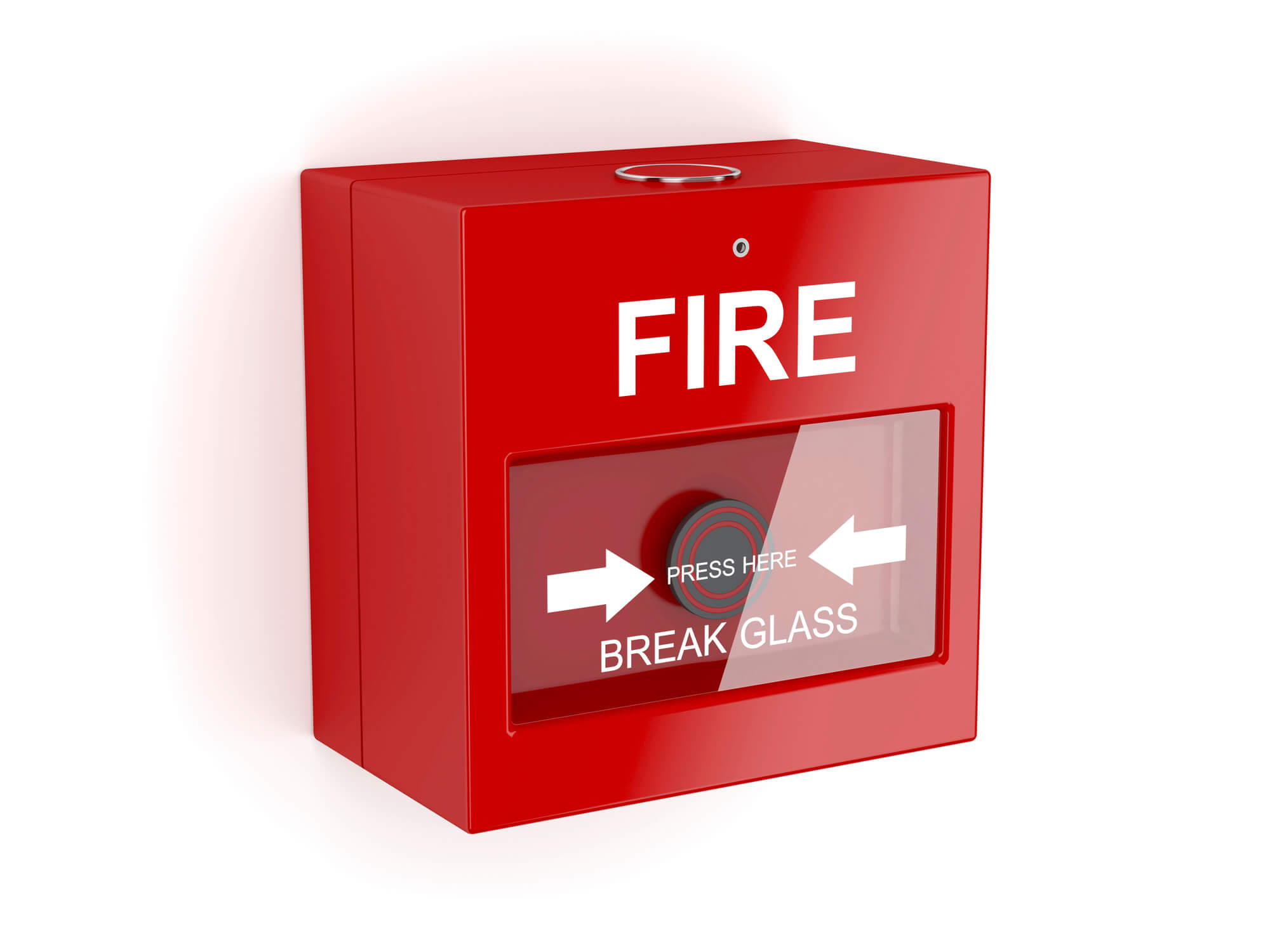Fire Alarm System Cause & Effect
Stay informed and compliant with our fire alarm cause and effect reports to ensure your buildings fire alarm system supports the evacuation strategy in place.
At DDS, we do not supply, install, or maintain fire alarm systems. This ensures that our Cause and Effect reports are impartial, completed with integrity, and from your perspective as the client, not a fire alarm installation company.
Our experts can conduct a survey to document the current cause and effect of your fire alarm system on the premises, ensuring a clear understanding of how the alarm system operates.
During the site inspection, we focus on:
- Providing a condition report of the current fire alarm detection systems, including all linked systems.
- Confirming the current cause and effect of the system.
- Validating the current fire strategy for the building and suggesting any necessary changes.
- Recommending system upgrades or amendments to comply with current standard.

Contact Us
Understanding Cause and Effect Reports and Why They Are Important
A fire alarm cause and effect report analyses the factors that lead to the activation of a fire alarm system and the subsequent response to the alarm. It documents the sequence of events, identifies the root causes of false alarms or incidents, and may provide recommendations for prevention or improvement.
In the UK, fire alarm cause and effect reports are important for the following reasons:
- Compliance: Building regulations and fire safety legislation in the UK require regular testing and maintenance of fire alarm systems. Having accurate cause and effect reports helps ensure that the systems are functioning properly and in compliance with regulations.
- Safety: Understanding the causes of fire alarm activations can help identify potential risks and hazards in a building. By addressing these issues, building owners and managers can improve the safety of occupants and reduce the likelihood of false alarms.
- Cost savings: False alarms can be costly, as they may result in unnecessary evacuations, disruption to business operations, and fines. By analysing the causes of false alarms and taking steps to prevent them, building owners can save money and resources.
- Continuous improvement: By regularly reviewing cause and effect reports, building managers can identify trends or recurring issues with the fire alarm system. This information can be used to make informed decisions about maintenance, upgrades, or other improvements to enhance the reliability and effectiveness of the system.
Overall, fire alarm cause and effect reports play a crucial role in ensuring the safety and compliance of buildings in the UK, as well as helping to reduce the risk of false alarms and improve the overall efficiency of fire alarm systems.
Questions and Answers
What are the benefits of a Cause-and-Effect Analysis?
Cause and effect reports for fire alarm systems offer enhanced safety by identifying potential issues, ensuring compliance with regulations, reducing false alarms, improving system efficiency, and guiding necessary upgrades.
Why do I need a Cause and Effect Report?
A Cause and Effect Report is essential for understanding how your fire alarm system operates, ensuring compliance with regulations, enhancing safety, reducing false alarms, improving system efficiency, and identifying necessary upgrades for optimal performance.
Is a Cause and Effect Report Expensive?
No, in most instances the completion of a Cause and Effect report could provide significant cost savings when compared to the expense of incorrectly installing or upgrading a fire alarm system within the building.

Comments are closed.